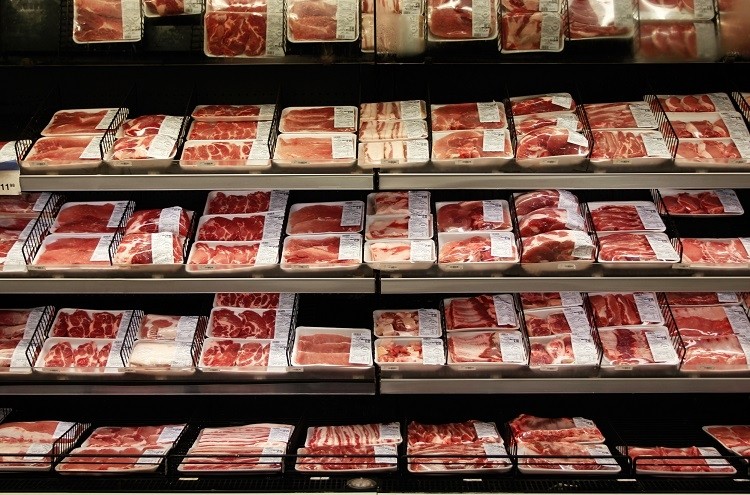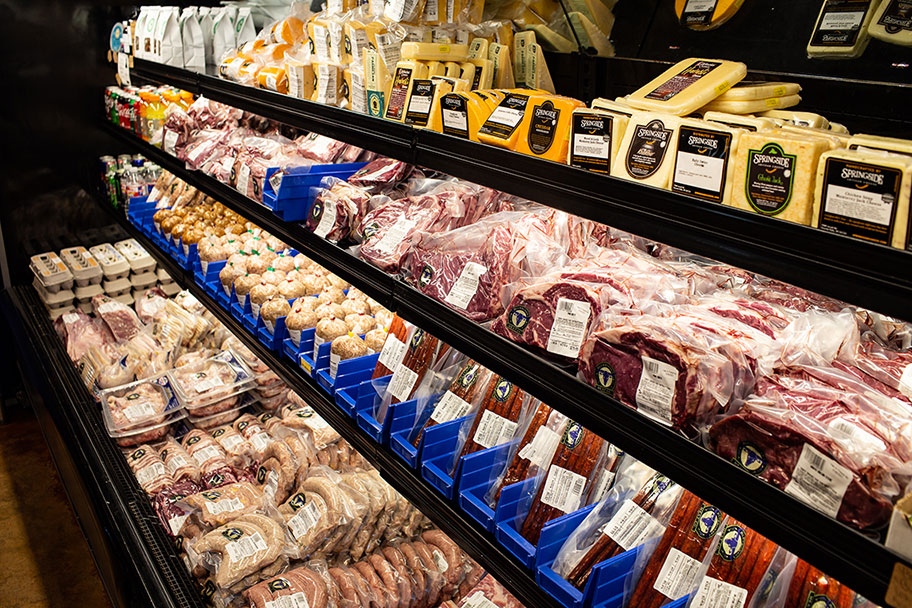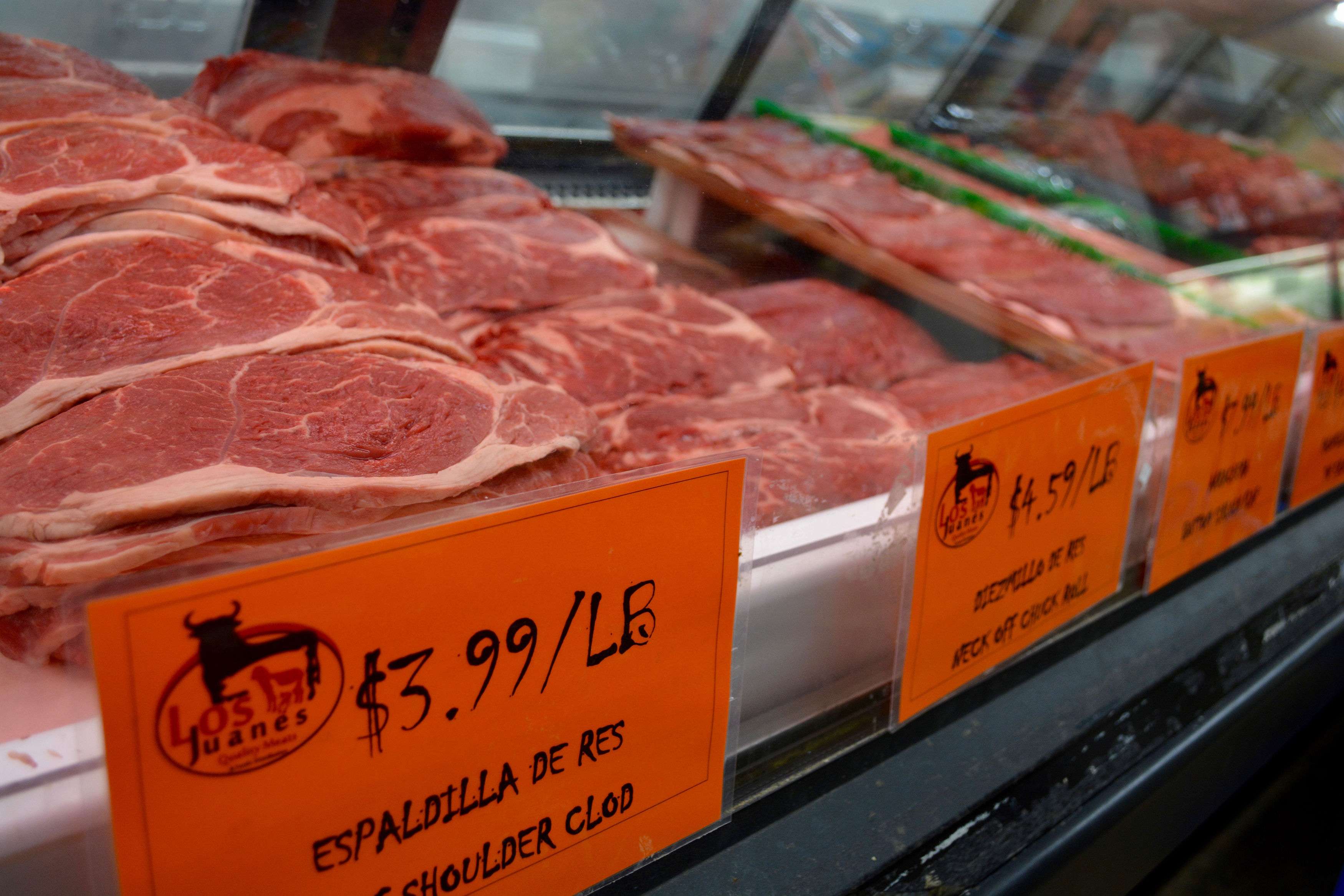What Makes Bagley Farms Meat Market Edwardsville IL Attract Attention for Meat Lovers
Reveal the Art of the Butcher's Cut in a Modern Meat Market
In the ever-evolving landscape of modern-day meat markets, the butcher's cut has transcended its typical roots, combining olden workmanship with contemporary techniques. What truly establishes the modern butcher apart is their capability to build a deeper link between customers and the beginnings of their meat.
Evolution of Butchery Strategies

The mid-20th century saw butchery methods even more refined by scientific understandings right into muscle mass biology and meat aging, improving both tenderness and preference. Technologies like vacuum cleaner packaging and refrigeration extended item shelf-life, enabling butchers to branch out offerings and improve quality assurance. This duration likewise marked the surge of customized devices, such as band saws and meat slicers, which increased accuracy and effectiveness in meat processing.
Computerized systems currently aid in monitoring animal provenance and enhancing cuts to fulfill particular consumer preferences. In addition, a resurgence in artisanal butchery has actually arised, mixing traditional skills with modern-day knowledge to provide to customers seeking honest and lasting meat options.

Comprehending Meat Cuts

Comprehending the complexities of meat cuts is vital for both butchers and consumers seeking top quality and worth. Each cut comes from a different component of the pet, giving special flavors, textures, and food preparation approaches. Proficiency of these differences not just boosts cooking experiences however also optimizes the utility of each carcass. For butchers, specific cuts reflect skill and regard for the craft, making certain very little waste and optimum return.
The main groups of meat cuts include primitive, sub-primal, and retail cuts. Butchers then break these down additionally right into sub-primal cuts, before ultimately producing retail cuts offered to customers, like ribeye or tenderloin.
Understanding muscular tissue composition is vital; muscles utilized extra frequently by the animal often tend to be tougher and are best fit for slow-moving food preparation methods, while less-used muscle mass, like those located in the loin, are more tender and suitable for barbecuing or roasting. Knowledge with these distinctions equips customers to make enlightened selections, enhancing their culinary ventures.
Selecting Quality Meat
Choosing the best meat involves more than just picking a visually enticing item from the display screen. The art of picking top quality meat needs a critical eye and understanding of particular characteristics that represent freshness and excellence. To start with, take note of the shade; beef must have a brilliant, cherry-red shade, while lamb ought to exhibit a soft pink tone, and pork a light pink. This indicates the meat is fresh and hasn't been revealed to oxygen for also long.
Secondly, think about the marbling, which describes the white flecks of fat within the muscle mass. Appropriate marbling is a key indication of inflammation and flavor, as it melts throughout food preparation, improving the meat's juiciness. Keep in mind, greater marbling commonly correlates with exceptional high quality cuts, such as USDA Prime.
Appearance is one more critical aspect; meat ought to really feel firm to the touch, not slimed or overly soft. In addition, bear in mind the aroma. Fresh meat should have find this a tidy, neutral scent, without any sour or off-putting smells.
Matching Cuts With Food Preparation Methods
Effectively combining cuts of meat with the appropriate cooking methods is crucial for achieving optimal flavor and structure. These techniques boost the meat's all-natural tastes and ensure a juicy finish.
On the other hand, tougher cuts like brisket and chuck roast are rich in collagen, which damages down right into gelatin when cooked slowly. These cuts are suitable for braising or slow-moving roasting, permitting the meat to tenderize in find out time and develop deep, complex flavors. Cuts such as brief ribs and pork shoulder get on well with slow-cooking techniques, where extended cooking times transform their robust textures right into delicious meals.
Lamb shanks and oxtail, which need extended cooking to soften, are perfect candidates for stewing or slow-moving simmering. These approaches coax out rich, passionate tastes while preserving moisture. By recognizing the one-of-a-kind attributes of each cut, cooks and home cooks alike can boost their cooking developments, making sure each meal is both satisfying and memorable.
The Butcher's Role Today
Navigating the developing landscape of the modern meat market, the butcher's role today expands past plain prep work of cuts. Contemporary butchers are culinary artisans, instructors, and advocates for sustainable techniques. They connect the gap in between the farm and the fork by making sure honest sourcing, recognizing pet husbandry, and focusing on openness in the supply chain. This shift mirrors the expanding customer demand for top quality over amount, where provenance and pet well-being are vital.
In addition to crafting exact cuts, butchers now engage straight with customers, using cooking advice and tailoring options to suit private demands and preferences. navigate here Their proficiency in meat aging, marbling, and taste accounts empowers consumers to make educated choices, enhancing their culinary experiences. This tailored service exemplifies the butcher's progressing duty as a trusted advisor in the kitchen area.
In addition, butchers are pivotal in reducing waste, using entire pets to develop varied items such as sausages and stocks - bagley farms meat market edwardsville il. This extensive technique not just values the pet yet also aligns with contemporary sustainability goals. In this method, the contemporary butcher personifies both practice and technology, adjusting to an ever-changing market while preserving the artistry and integrity of their craft

Conclusion
The modern butcher's craft elaborately weaves conventional strategies with contemporary developments, stressing lasting practices and moral sourcing. Mastery in recognizing varied meat cuts and quality indications empowers butchers to give educated recommendations, straightening particular cuts with optimum cooking approaches. This competence not only raises culinary experiences however also enhances the link between customers and the origins of their food. By recognizing historic methods while welcoming contemporary needs, the butcher's role stays essential in today's advanced meat market.